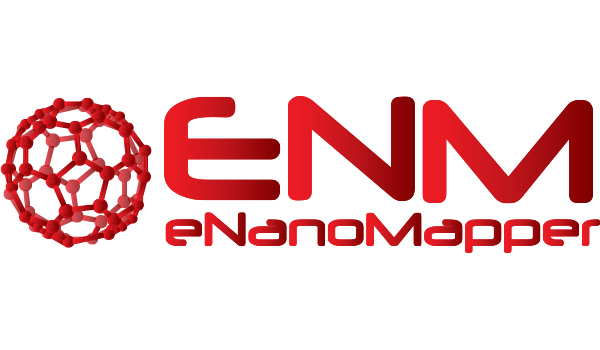 eNanoMapper Consortium
eNanoMapper ConsortiumThe development of a community agreed ontology and matching data warehouse is a daunting task: it requires detailed expertise in various domains: nanotechnology, community building, IT skills, and strong modelling and analysis background. Even within each of those domains, the knowledge required is extensive. Yet, we have assembled a consortium with 8 partners with this expertise, who have a strong track record of working together to solve problems and resolve conflicts in similar situations of technology development supporting scientific communities.
Moreover, the consortium brings in various crucial resources in these diverse domains that make significant progress in reasonable time and with the funding set out in this call. As outlined in Section 2.4 the partners bring in several very relevant existing research outputs and products (software, experimental data and procedures, databases, and safety modelling and analyses expertise) that will be combined in this project, resulting in the outlined beyondthe- state-of-the art deliverables being plausible and achievable.
The consortium assembles partners with specific experience in toxicology database and data warehouse development (DC,IST,IDEA), predictive modelling resource development (NTUA,IDEA,IST,UM), ontology creation and curation (DC,IDEA,EMBL-EBI,UM), existing interactions with European NanoSafety Cluster projects and US nanotechnology projects (IST,KI,VTT,UCLA), strong community building skills (DC,UM), systems biology and mode of action expertise (KI,VTT,UM,UCLA), and delivery of scientific platforms to industry (DC,IST, DC).
The partners have a strong history of collaboration. For example, VTT and KI have long-standing research collaborations in, among others, cell line experiments for nanotoxicology. The UM PI previously worked at KI on NanoQSAR, collaborated with EMBL-EBI on the Chemistry Development Kit (use for nanomaterial descriptors) and ontology development, and collaborated on FP7 OpenTox with DC, NTUA, IST and IDEA. Moreover, DC, IDEA, IST, and KI have an ongoing collaboration with complementary expertise in the FP7 ToxBank project.
This complementary expertise is reflected in the work packages. WP2 is led by EMBL-EBI and focuses on the ontology. WP3 organizes the data warehouse development, led by IDEA. WP4 takes advantage of the data analysis work done by NTUA (WP leader) and KI. The VTT, KI, and UCLA have unique and detailed high-content expertise on experimental safety research, supporting the tasks in these WPs, and the dissemination of WP6 to the community is led by KI who understands the domain language. DC has a strong experience in supporting FP7 projects in the field of toxicology with management, and is very familiar with community needs, and leads WP5 and WP7. WP1, on community outreach, is led by UM with research output in all areas, towards semantic computation for chemical entities, on which they collaborate with many academic and industrial entities around Europe.
With this assembly we have found a good balance between domain expertise needed for the expected ontology and database outcome to enable ENM design and safety assessment, and involvement in the nanosafety community to reach the sought community agreement.
